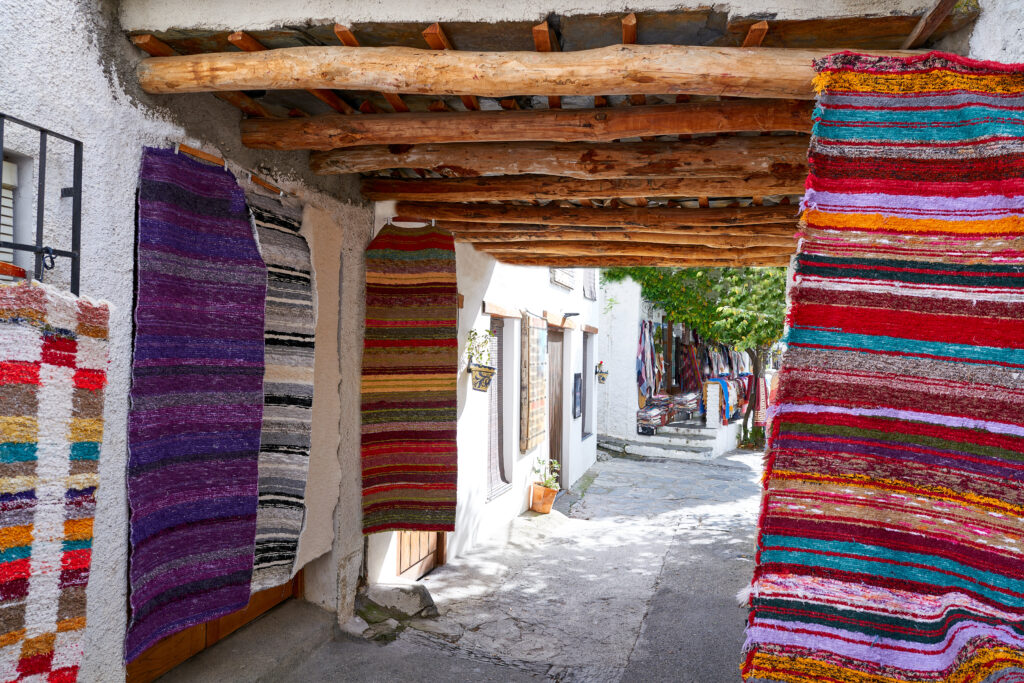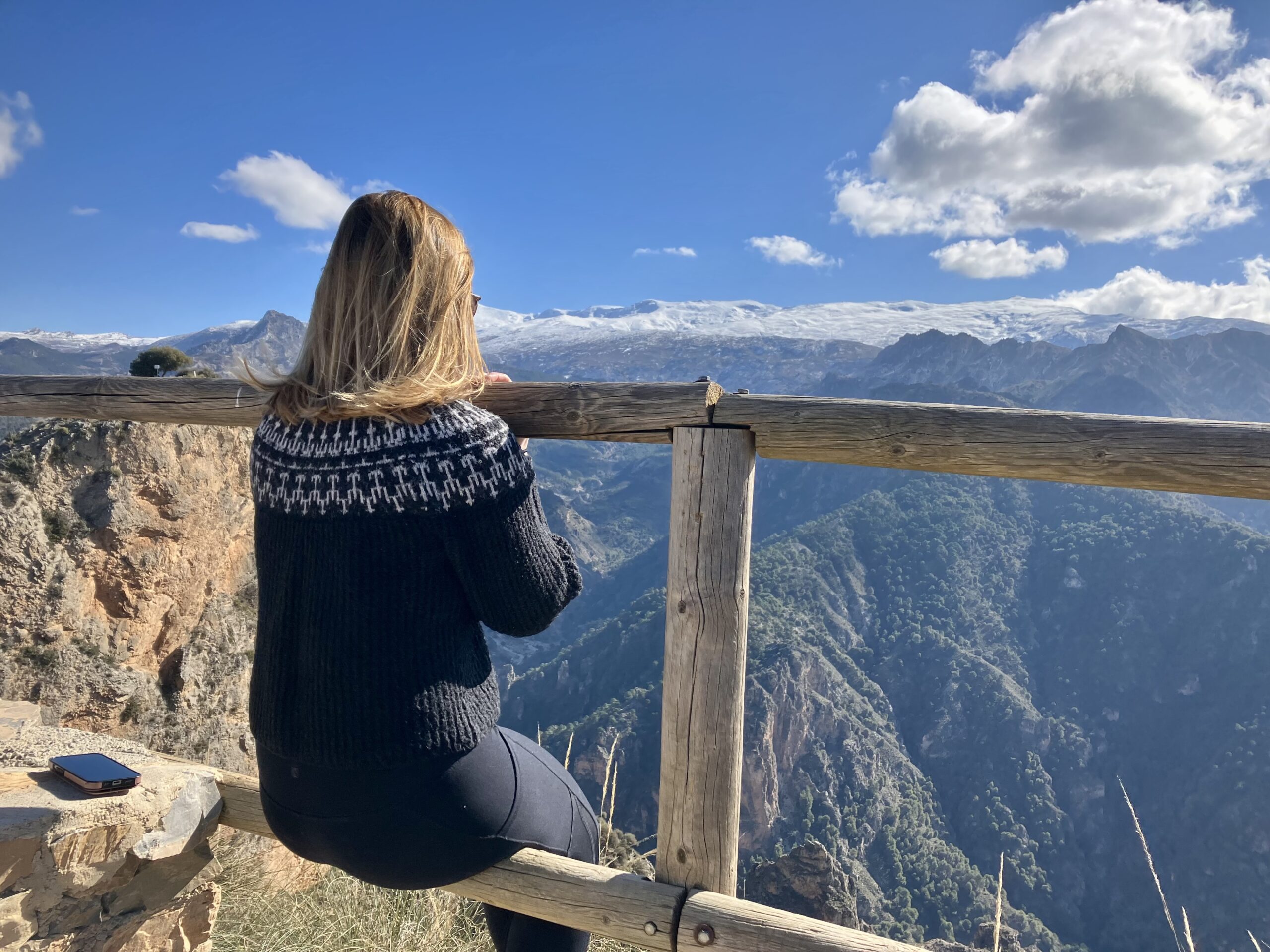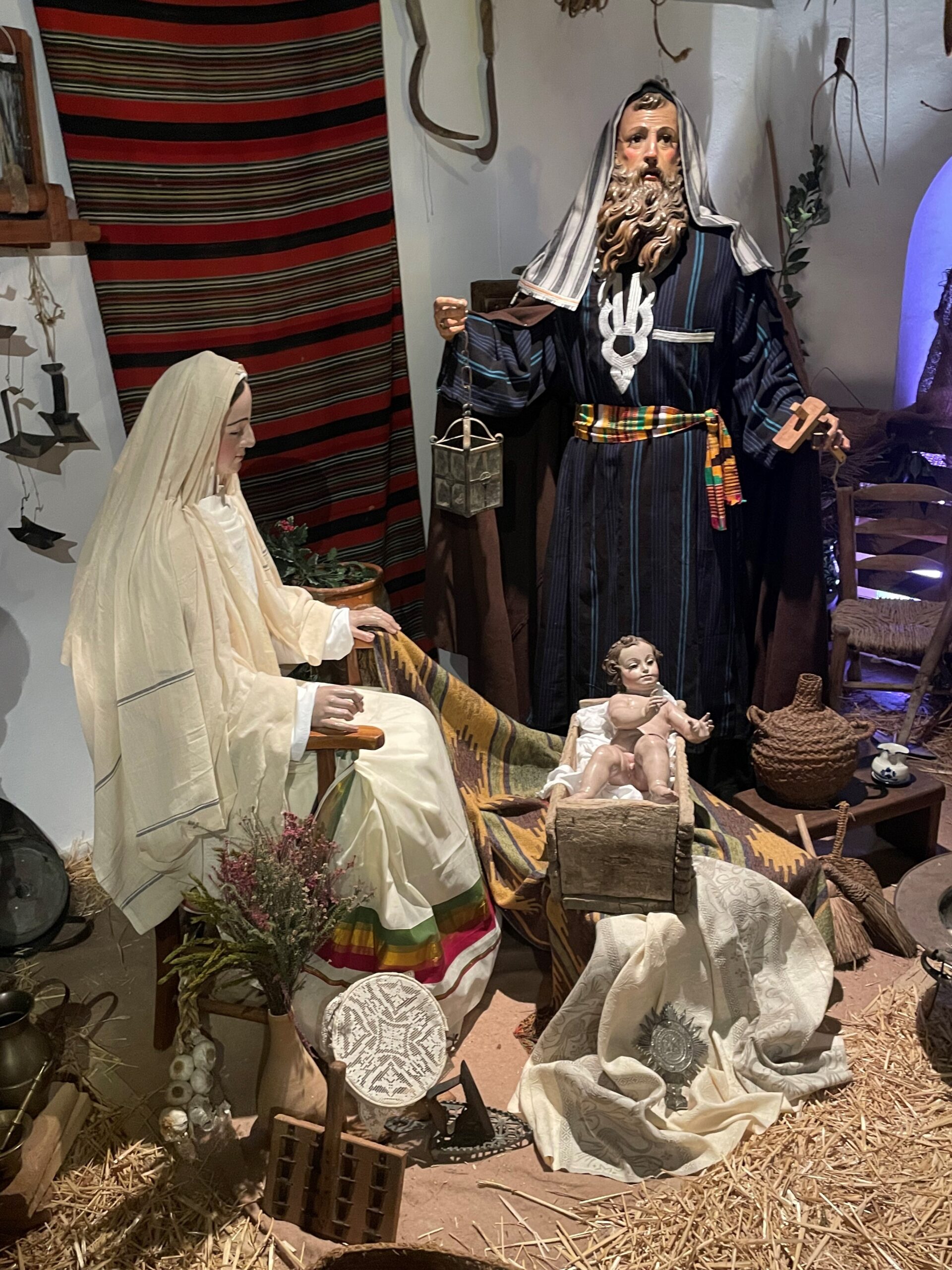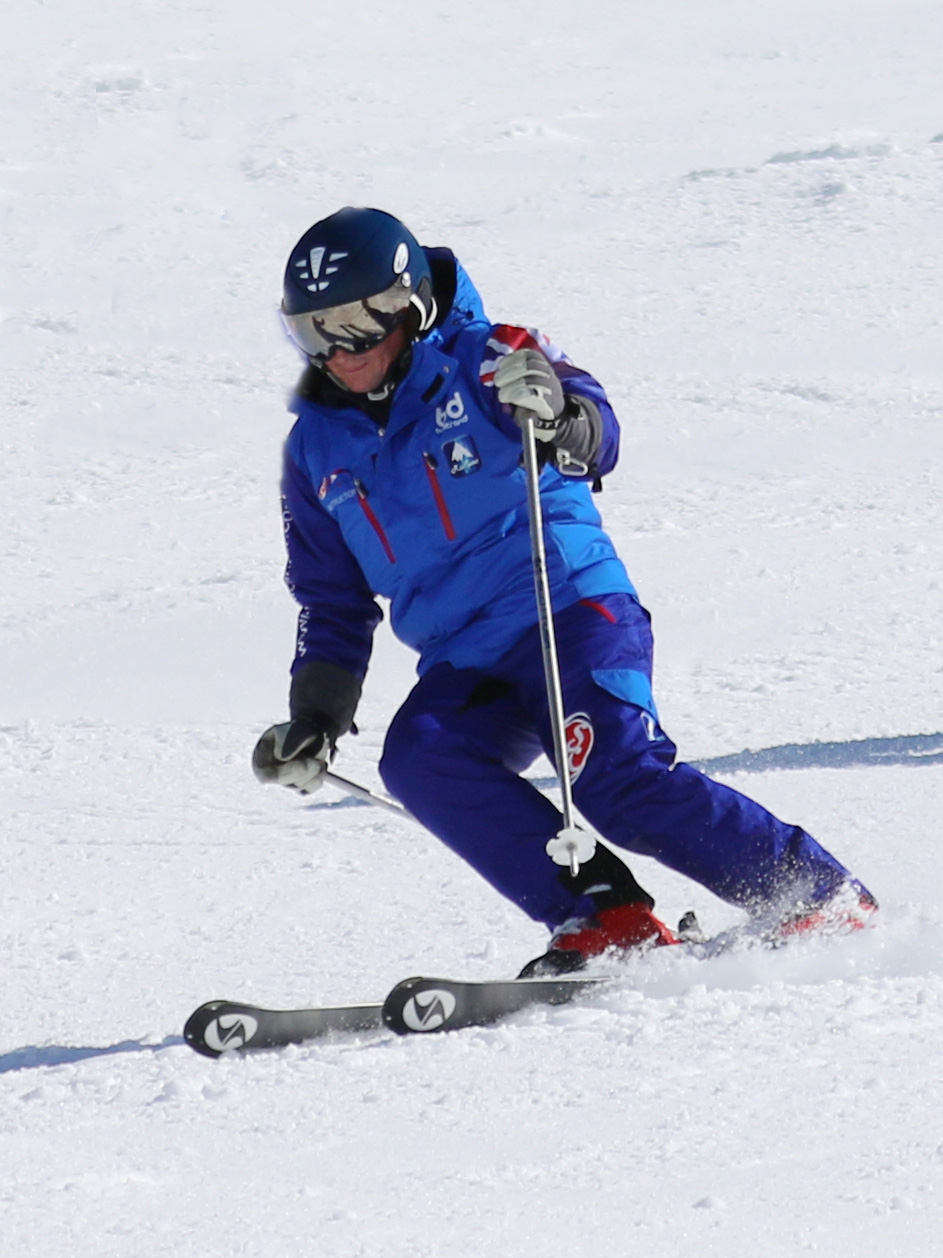La Alpujrra, an area of outstanding beauty at the foothills of the Sierra Nevada mountains, embodies the true definition of slow travel. Part of a protected Parque Natural, the region is crisscrossed with signposted, well-kept Medieval tracks, including the GR7, which runs from Andorra to the Strait of Gibraltar. The current population is a vibrant mix of local Spaniards and foreigners, mostly creative Northern Europeans who have relocated here to indulge in the feeling of timelessness and abundance that this land has to offer.
The area was first developed by the Moors after they were expelled from Granada by Catholic armies in the early 1500s. Moorish families made the arduous trek over the rugged mountains and, using ancestral knowledge, built homes, agricultural terraces and acequias, an irrigation system that is still used today. In fact, many of the building foundations are said to be the original constructions.

GETTING THERE
A handful of daily buses go from Granada to the villages at the entrance of La Alpujarra, although there are fewer connections the further into the mountains you go. One-way tickets cost less than 10€ and can be purchased at alsa.es or directly from the driver. The trip takes anywhere from one to three hours, but those with a sensitive tummy, beware: the road is as sinuous as it is scenic.
By car, take the A-44 towards the coast and exit at A-348 to Lanjarón, a spa town known for its exquisite bottled water and water-related festivities. Follow the road to Órgiva, La Alpujarra’s administrative center, and at the first roundabout, turn left up the A-4132 towards Bubión.
Depending on the season, you may find local oranges, avocados and almonds for sale along the road as you drive up. Do pull over to purchase a bag of fresh produce directly from the farmer.
A MAGICAL RIDE
Continue your journey past Cañar, Bayacas and Carataunas, typical white villages hanging off the mountains above and below the main road. The next village, Soportújar, has made quite a name for itself, and in 2023, National Geographic listed it as one of Spain’s most unusual villages. That’s no surprise – playing up their ancient connection with witches and warlocks, over the past years residents have transformed their town into a thematic tourist site complete with wish-granting dragon fountains. Although parking may be a hassle, Soportújar is worth seeing at least once, especially if you’re traveling with children.
Visitors can experience a different type of magic at the nearby Buddhist retreat center O Sel Ling, “the place of clear light,” named so by the Dalai Lama during his 1982 visit to the area. In the summer months, spiritual seekers are welcome to visit the grounds from 17h to 19h30, so if that coincides, turn left at Padre Eterno and drive 20 minutes up the rough dirt track. Once you’ve reached 1,600 meters, walk up to the top to admire the statue of Tara—the view is otherworldly from here, and on a clear day you can even see Africa.
SOME OF SPAIN´S MOST BEAUTIFUL VILLAGES
Another five minutes down the A-4132 rewards visitors with one of the journey’s most postcard-perfect views: the Poqueira Valley. Three sprawling white villages lie beyond the gorge, climbing up in succession toward the Sierra Nevada’s often snow-covered peaks. Pampaneira, Bubión and Capileira are classified as some of Spain’s most beautiful villages and are the reason many flock to La Alpujarra.
In Pampaneira, the pedestrian streets are lined with small café tables, and colorful hand-woven rugs hang off balconies. This lowest of the three Poqueira villages is renowned for its handicrafts, notably rug and tapestry weaving, and is a wonderful place to stock up on souvenirs. Pampaneira is also home to the Sulayr Music Festival, whose seventh edition will take place from July 4th to 7th this year. You’ll never forget the concerts you experience in this breathtaking setting! And if things get too hot, just make your way down to the nearby Poqueira River to cool yourself off in the glacial waterfall.
Bubión, one village up, has become a regional leader in Slow Tourism. Indeed, this middle village is quieter than its neighbors and offers the perfect setting for taking it easy. Breathe in the fresh mountain air and scent of warm wild thyme, meander around the tiny streets by the church and unwind over a fine meal.
Overlooking the Poqueira Gorge and its sister villages, Capileira is the most populated of the three, with some 600 year-round residents. The village has a charm all its own, with unique artisan shops, a vast selection of local products and excellent restaurants, including El Corral del Castaño, Bodega la Alacena and Antonio’s Pizzeria. It is cooler here in the summer, and from its 1,450 meters in altitude, Capileira is the starting point for some memorable high mountain hikes. Those who aren’t afraid of the 400-meter elevation change can even hike between all three Poqueira villages.

BEYOND POQUEIRA
Outdoor enthusiasts wishing to explore beyond the usual tourist track can drive an extra 15 minutes to La Taha de Pitres, a group of seven ancient villages dotted along the mountainside. Pitres, Capilerilla, Atalbéitar, Ferreirola, Mecina-Fondales, Mecinilla and Fondales offer little in terms of shopping and nightlife and everything in terms of stunning nature and freedom. The tiny villages are connected via well-marked footpaths lined with olive and almond trees that lead through dramatic river gorges.
For a journey back in time, follow a circuit from Atalbéitar up to the Neolithic rock formations known as the Mezquita, then head back down to the Roman-built bridge still standing strong over the Trevélez River below Fondales. If you pass through Ferreirola, make sure to fill up your water bottle at the iron-rich, naturally carbonated fizzy fountain.
HAM LOVERS DELIGHT
Since you’ve made it this far, drive 20 minutes more up the A-4132 past Pórtugos and Busquistar to Trevélez, the highest village in mainland Spain, located below the Mulhacén peak. Trevélez is home to several world-class Iberian ham curers and, like Pórtugos, is renowned for its jamón de calidad. Explore the village’s different neighborhoods, or barrios, then sit on a terrace and reward yourself with a glass of homemade red wine. Order the typical plato alpujarreño, a popular regional dish of local pork specialties and poor man’s potatoes topped with a fried egg, and listen out for the jingle of goat bells in the distance.
It’s possible to do a return day-trip from Granada to any of the villages mentioned here, though you’ll likely feel like you’re cutting it short. If you can, plan to spend at least a few days at one of the many accommodations in the area, like the beautiful Cortijo La Viñuela (cortijolavinuela.com) in La Taha de Pitres. You’ll come back to the city refreshed from having experienced the much slower pace of life that unfolds in this beautiful region.
Stay Longer Tip
Aside from local ham and sausages, La Alpujarra is renowned for its precious olive oil, herb-covered goat cheese, honey and almond-based products. Be sure to try an almond-stuffed fig dipped in chocolate!





